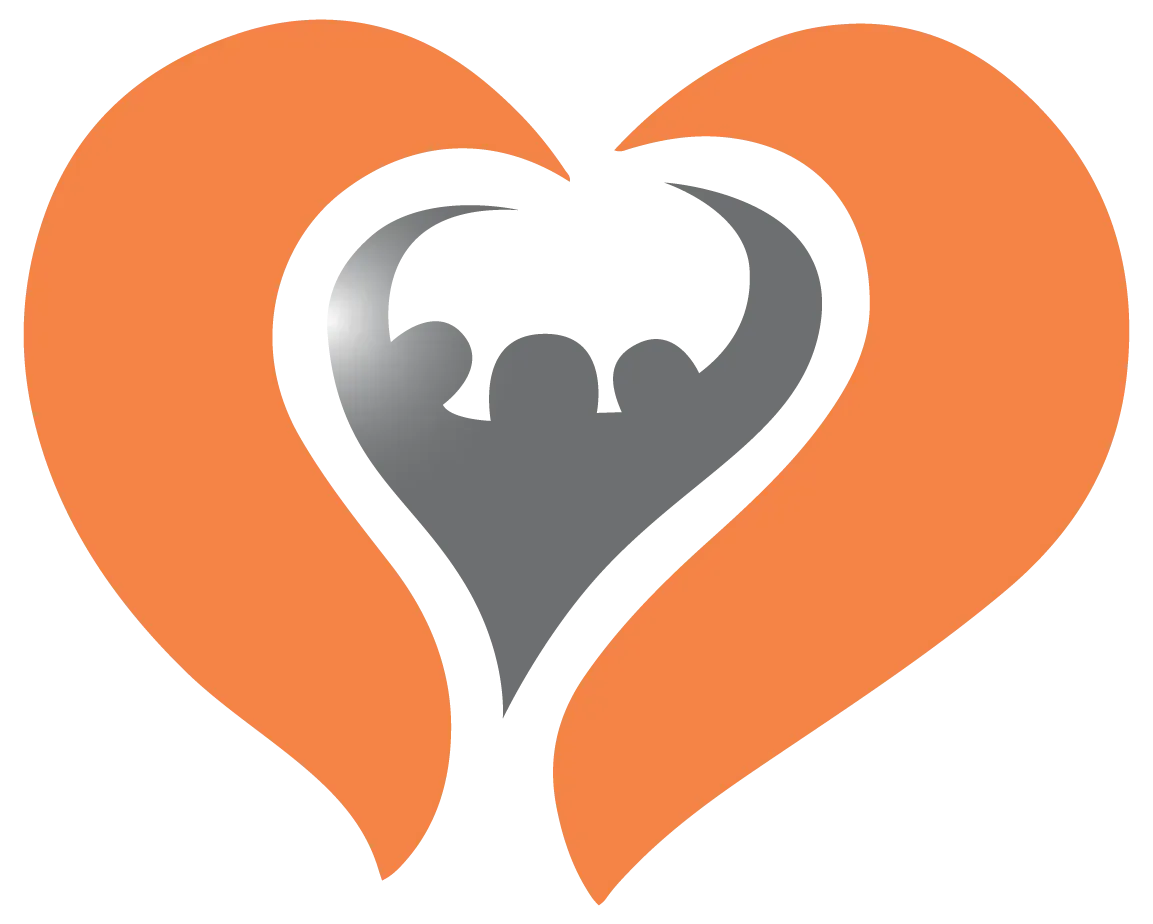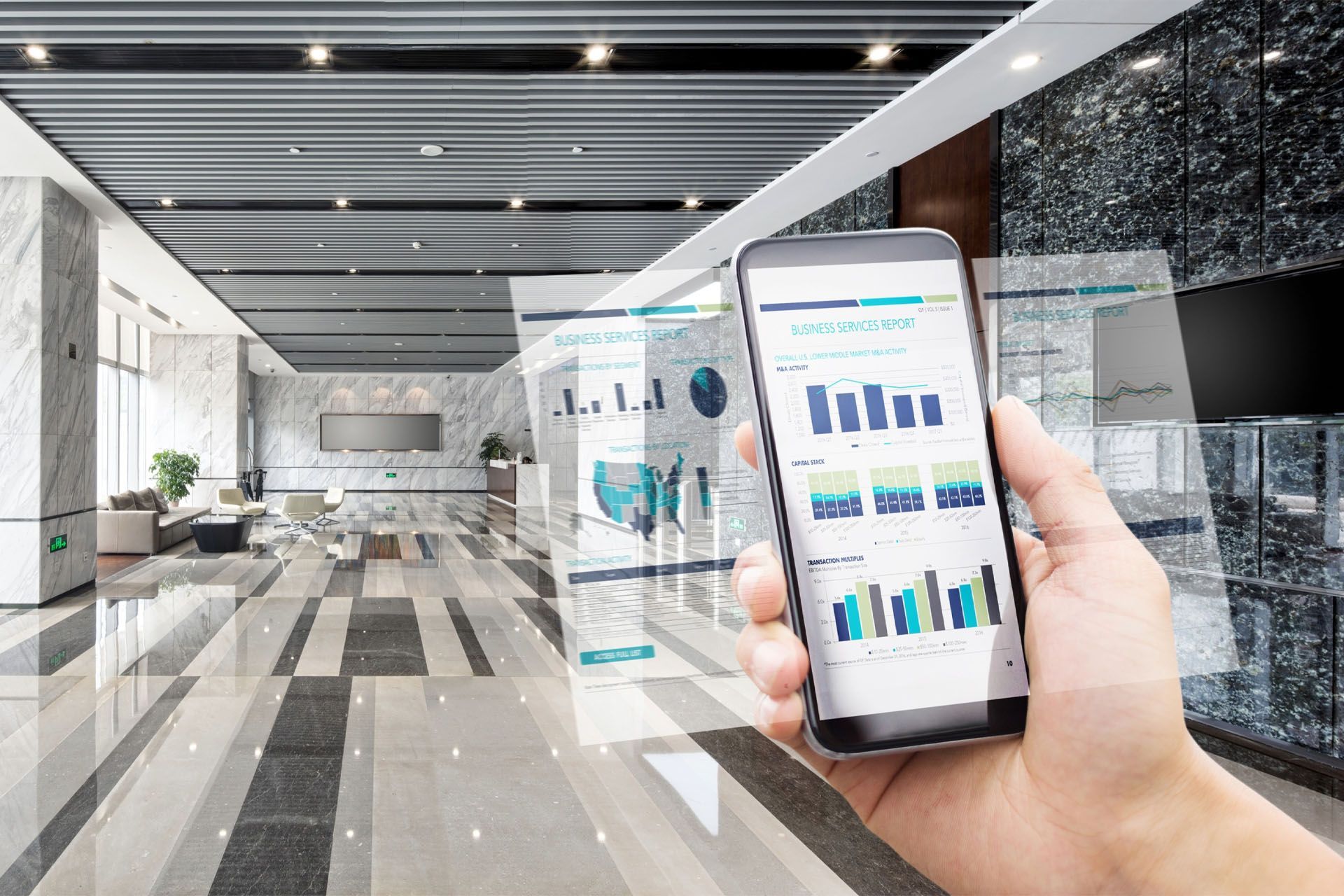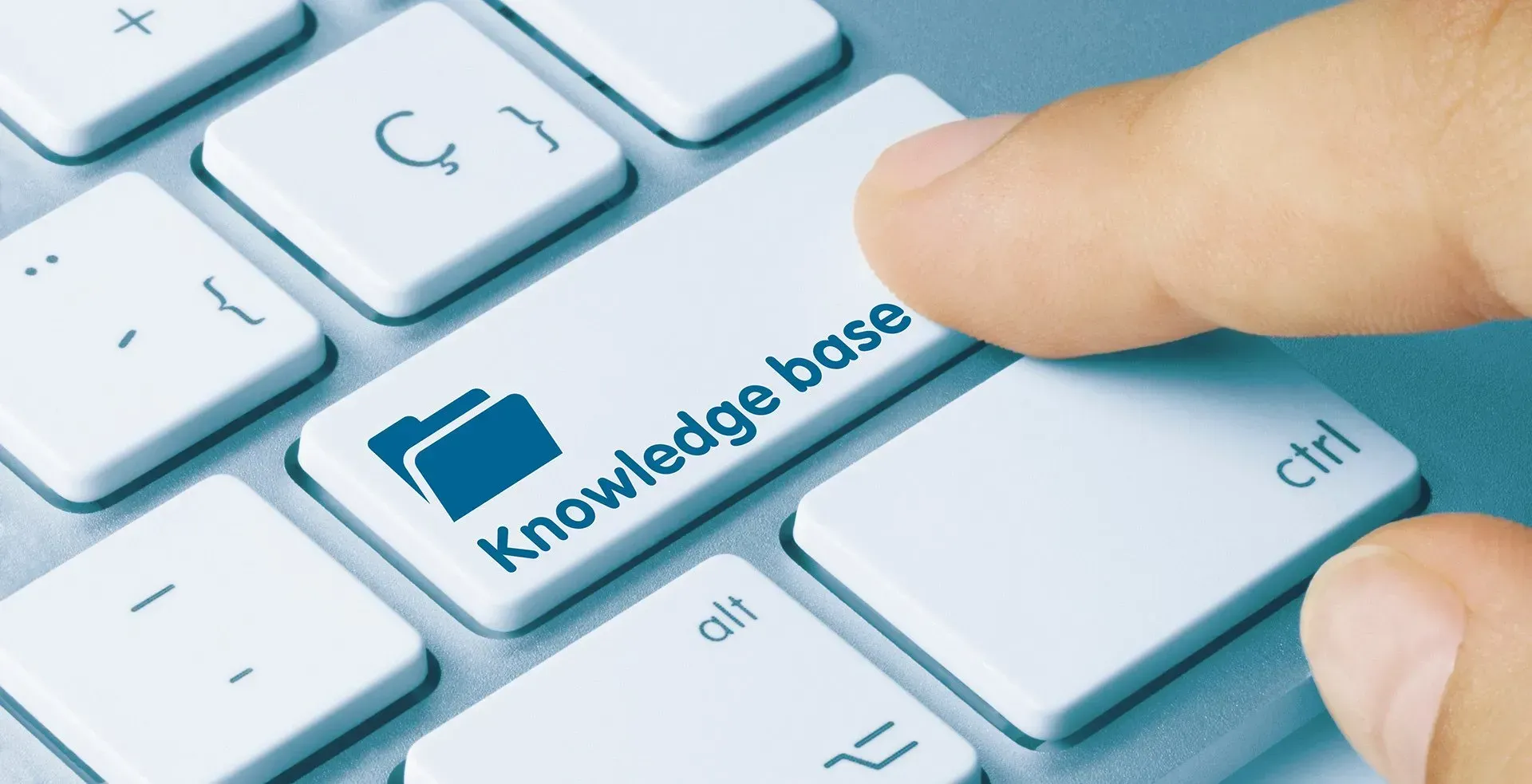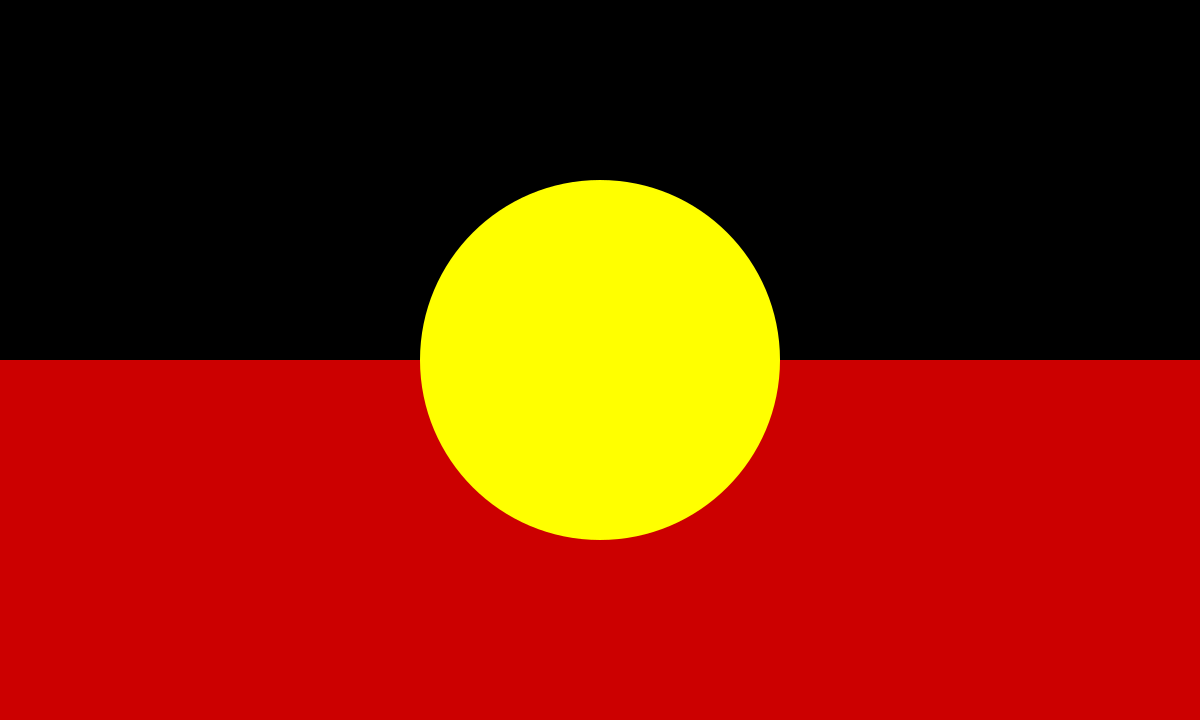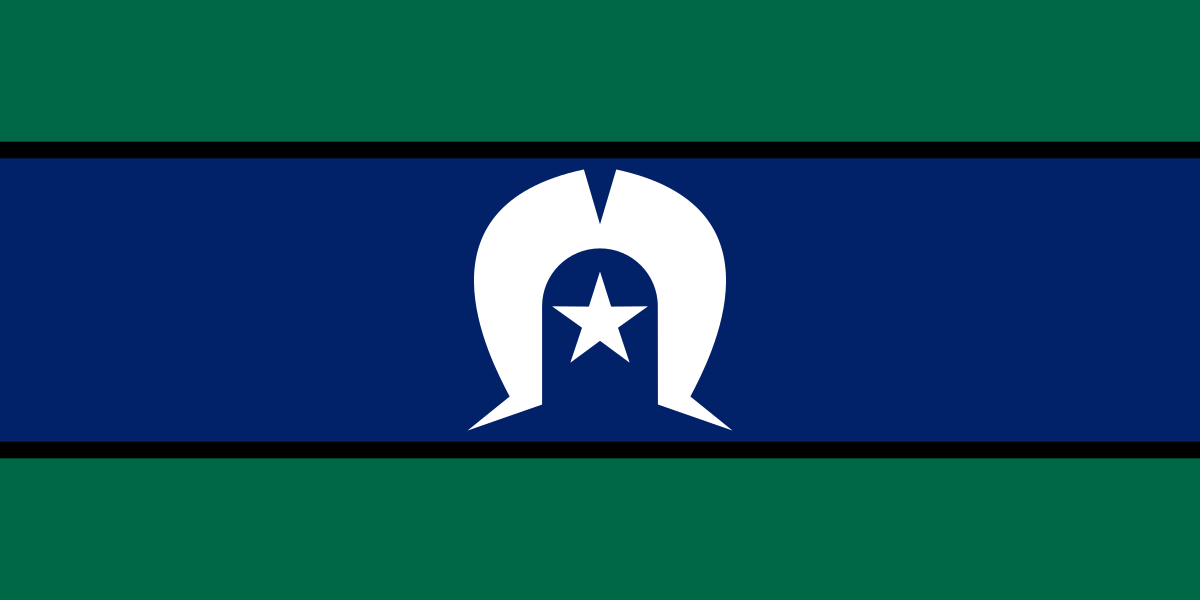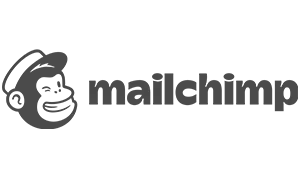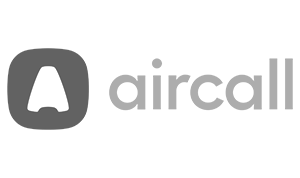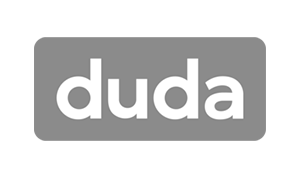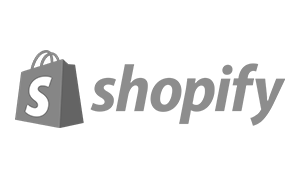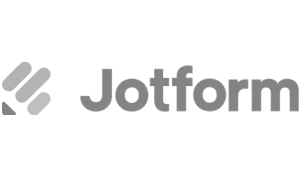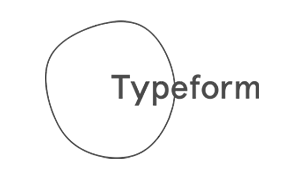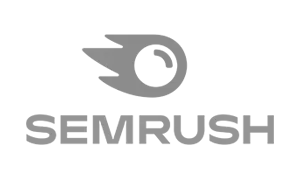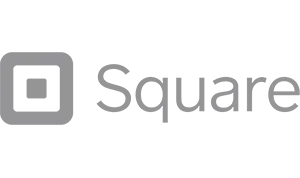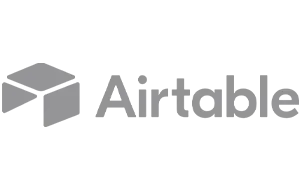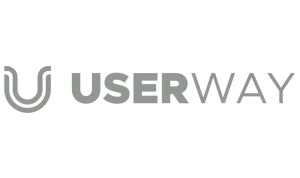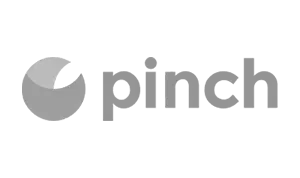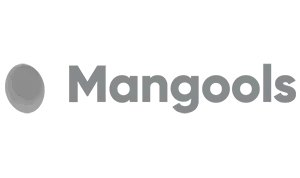Crown Street, Wollongong, 2500
Common Website Jargon and What They Mean
The internet, digital and social media have become commonplace in our everyday lives. You can hardly find another sector that has grown so fast in the last few years. A lot of new terms have emerged from this boom, and those who are not a part of this industry often find it difficult to understand what people are talking about when they use these words in their conversations or articles.
If you’re someone who is trying to break into this field, working with a
web designer, or just wants to know more about it, then you need to get familiar with some of the most common jargon and what they mean. Let’s take a look at some of the most common website terminology in this field.
A
Alt tag - This is an attribute added to image tags in HTML. It is used to provide a text alternative for the image if it cannot be displayed for some reason.
Anchor text - The visible and clickable text in a hyperlink.
API - An acronym for "Application Programming Interface." It refers to the set of rules that govern how one application can communicate with another.
B
Backend - This refers to the parts of a website or application that are not visible to the user and are used to power the frontend.
Bandwidth - This measures the amount of data that can be transferred from one point to another within a given time period (usually measured in seconds).
C
Cache - When you visit a webpage, your browser will keep a record of the pages you visit, storing the files in the cache. This means the browser doesn't have to re-read them, which saves time.
CMS - A "Content Management System" is a software application that is designed and installed to help users create and manage the content on their websites easily.
Cookies - Small text files that are stored on your computer when you visit a website. They are used to remember your preferences and settings when you return to the site.
D
Database - A database is a collection of data that can be accessed by computers.
Domain - A domain name is the www. address of your website that people type in the browser URL bar to visit your website.
E
E-commerce - Ecommerce (electronic commerce) is the buying and selling of goods and services using the internet. This refers to any type of transaction (shopping or selling online) that takes place online.
Email marketing - This involves using email to promote products or services.
F
Frontend - This refers to the parts of a website or application that are visible to the user.
Favicon - The term "favicon" is a blend of two words—"favourite" and "icon." This is the small image that helps bookmark a website that you see in web browsers next to the title of a website.
G
Google Analytics - Google Analytics is a free service offered by Google that generates detailed statistics about the visitors to a website.
GUI - An acronym for "Graphical User Interface". It refers to the visual part of a computer application that allows users to interact with it using images and icons instead of text commands.
H
HTML - An acronym for "HyperText Markup Language". This is the code used to create and structure content on web pages.
HTTP - An acronym for "HyperText Transfer Protocol". This is the protocol used to transfer data on the internet.
Hosting - Web hosts give us the power to post web pages to the internet.
I
IP address - Every computer connected to the internet has a unique IP address, which helps to identify it on the network.
ISP - An acronym for "Internet Service Provider". It refers to a company that provides access to the internet.
J
JavaScript - A programming language that helps to make web pages interactive.
K
Keyword - A word or phrase (usually just one or two) that is associated with a particular topic, product, or service.
L
Landing page - A landing page is a specific website page that is designed to encourage visitors to take a certain action, such as signing up for a newsletter or making a purchase.
Libraries - These are collections of code that can be used to add functionality to a website or application.
M
Marketing automation - This term refers to the use of software to automate marketing tasks, such as email marketing, social media campaigns, and targeted ads.
Metadata - Data about data. This usually refers to information that describes the content on a website page, such as the title, keywords, and description.
Mobile-Friendly – This means a website is optimised for use on a mobile device and performs optimally.
N
Navigation - This term refers to the way users move around a website or application.
O
Open Source - This term describes software that is available for free and can be modified by anyone.
Operating system - The software that runs on a computer, such as Windows, macOS, or Linux.
P
Permalink - A permalink is a URL that points to a specific post or page on a website.
Pixel - A pixel is the smallest unit of measurement for digital images. It is usually measured in points (pts).
Plugin - A plugin is a piece of software that can be added to a web browser or other application to add extra features or functionality.
Q
Query - A query is a question or request. In computing, it often refers to the act of searching for something in a database.
R
Redirect - A redirect is a way of sending users from one URL to another. This is often used when a website has been moved to a new address.
Resolution - This term refers to the number of pixels in an image. Higher resolutions mean more detail, but they also take up more space.
Responsive Website - A responsive website will automatically reformat your website for all screen sizes, allowing your website visitors to easily view and interact with your site no matter what device they're using.
S
Search engine - Search engines are the website that helps users to find information on the internet. The most popular search engines are Google, Yahoo, and Bing.
Search engine optimization (SEO) - SEO refers to the practise of improving the ranking of a website on search engine results pages.
Search engine rankings - The position of a website in the search engine results pages.
Server - A server is a computer that stores and serves files to other computers on a network.
SSL Certificate - In order to keep customer information private and secure, websites need an SSL certificate to encrypt and secure the communication between your website and a visitor’s browser.
T
Tag - In HTML, a tag is a piece of code that defines the structure of a web page.
Title tag - The title tag is an HTML tag that specifies the title of a web page.
U
URL - An acronym for "Uniform Resource Locator." This is the address of a website or web page on the internet.
User experience (UX) - This refers to the way users interact with and feel about a website or application.
V
Vector graphic - A vector graphic is a type of image that is created using mathematical equations instead of pixels. Vector graphics are often used for logos and illustrations because they can be scaled to any size without losing quality.
VPN - A VPN, or Virtual Private Network, is a way of securely connecting to a private network over the internet.
W
Web crawlers - These are programmes that automatically scan websites and index their content.
Web hosting - This is a service that provides users with a space to store their website files on a web server.
Web page - A web page is a document that is published on the internet. It can contain text, images, videos, and other forms of multimedia.
Website - A website is a collection of web pages that are all linked together.
Website Copywriter - A website copywriter writes digital content for landing pages, product pages, blog posts, and everything in between. With compelling copy, you can keep people on your website interested and get them to act.
Website Designer - Web designers are the more creative of the two, dealing with the web design - visuals and layout of the website. Do you want a certain colour there? Bigger text here? They'll sort it.
Website Developer - A web developer's job is different; they'll build the core of the website. They focus on the technical aspects and make sure everything works. This involves inputting code into websites for optimum performance.
#
404 - A 404 error is an HTTP status code that means that the page you are trying to reach does not exist.
301 - A 301 redirect is an HTTP status code that means that the page you are trying to reach has been moved to a new location.
Summing Up
We hope this glossary has helped you to understand some of the more technical terms you may come across when discussing your website with others. Comment below if there are any other terms you're unsure of and we'll add them to the list!

Love My Online Marketing has 10+ Years of working alongside businesses and helping them grow. Discuss your options for online success from website Design and Development through to Google Marketing.
Do you want more traffic and business leads?
Love My Online Marketing is determined to make a business grow. Our only question is, will it be yours?


